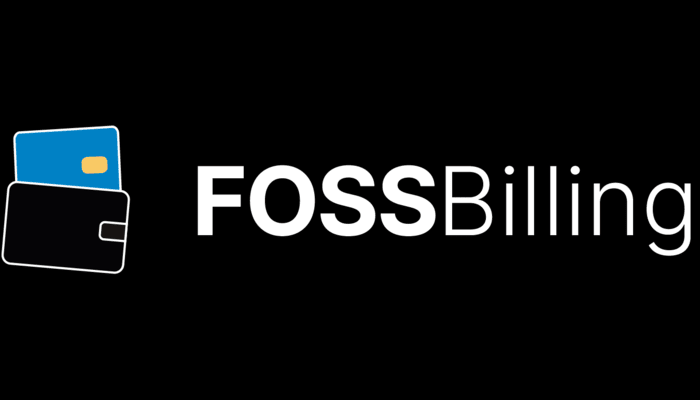FOSSBilling is a cost-free and open-source system for managing clients and billing. It can be utilized as a free substitute for various other systems like WHMCS, Blesta, and ClientExec. FOSSBilling provides several useful features such as automated invoicing, support for multiple payment gateways, and modules that can automate services like DirectAdmin and cPanel. If you are planning to establish a hosting business on a budget and require a billing option, FOSSBilling could be a suitable option for you. Additionally, it also offers regular updates.
Requirements :
- 2GB or more RAM (Depending upon the traffic, Increase recommended if already have good traffic)
- 1vCore or more CPU (The more the better performance)
- 5GB or more Disk Space
- Ubuntu 22.04
Step 1: Update your server
First step is to update your server and look for newer packages and security releases for you distribution :
apt-get update -y
apt-get upgrade -y
Step 2: Install LEMP Stack
Since FOSSBilling uses MySQL/MariaDB as it’s database back-end and is actively developed on PHP8+ we will be needing to install a LEMP Stack :
apt-get install nginx mariadb-server
apt install php libapache2-mod-php php-mysql php-curl
mysql_secure_installation
Copy the steps as shown in the text or picture :
Set root password? [Y/n] y
Remove anonymous users? [Y/n] y
Disallow root login remotely? [Y/n] n
Remove test database and access to it? [Y/n] y
Reload privilege tables now? [Y/n] y

mysql -u root -p
CREATE DATABASE fossdb;
CREATE USER fossuser@localhost IDENTIFIED BY ‘fosspassword’;
GRANT ALL ON fossdb.* TO fossuser@localhost WITH GRANT OPTION;
FLUSH PRIVILEGES;
QUIT
systemctl restart apache2
Step 3: Install FOSSBilling
We have everything installed in order to continue with the installation of our billing tool. Run the following steps to install :
apt install unzip
mkdir -p /var/www/fossbilling
cd /var/www/fossbilling
curl https://fossbilling.org/downloads/stable -L –output billing.zip
unzip billing.zip
chown -R www-data:www-data /var/www/fossbilling/
mv config-sample.php config.php
nano /etc/nginx/sites-available/fossbilling
Paste the following code :
server {
listen 80;
set $root_path ‘/var/www/fossbilling’;
server_name your.domainname.com;
index index.html index.htm index.php;
root $root_path;
try_files $uri $uri/ @rewrite;
sendfile off;
include /etc/nginx/mime.types;
location ~* .(ini|sh|inc|bak|twig|sql)$ {
return 404;
}
location ~ /\.(?!well-known\/) {
return 404;
}
location ~* /uploads/.*\.php$ {
return 404;
}
location ~* /data/ {
return 404;
}
location @rewrite {
rewrite ^/page/(.*)$ /index.php?_url=/custompages/$1;
rewrite ^/(.*)$ /index.php?_url=/$1;
}
location ~ \.php {
fastcgi_split_path_info ^(.+\.php)(/.+)$;
fastcgi_pass unix:/run/php/php-fpm.sock;
fastcgi_param PATH_INFO $fastcgi_path_info;
fastcgi_param SCRIPT_FILENAME $document_root$fastcgi_script_name;
fastcgi_intercept_errors on;
include fastcgi_params;
}
location ~* ^/(css|img|js|flv|swf|download)/(.+)$ {
root $root_path;
expires off;
}
}
ln -s /etc/nginx/sites-available/fossbilling /etc/nginx/sites-enabled/
nginx -t
systemctl restart nginx
Open your browser and open : http://yourserverip/install
1.

2.

3.


Conclusion :
You have installed this app on your Ubuntu 22.04 Machine! This tutorial assumes you are root!



